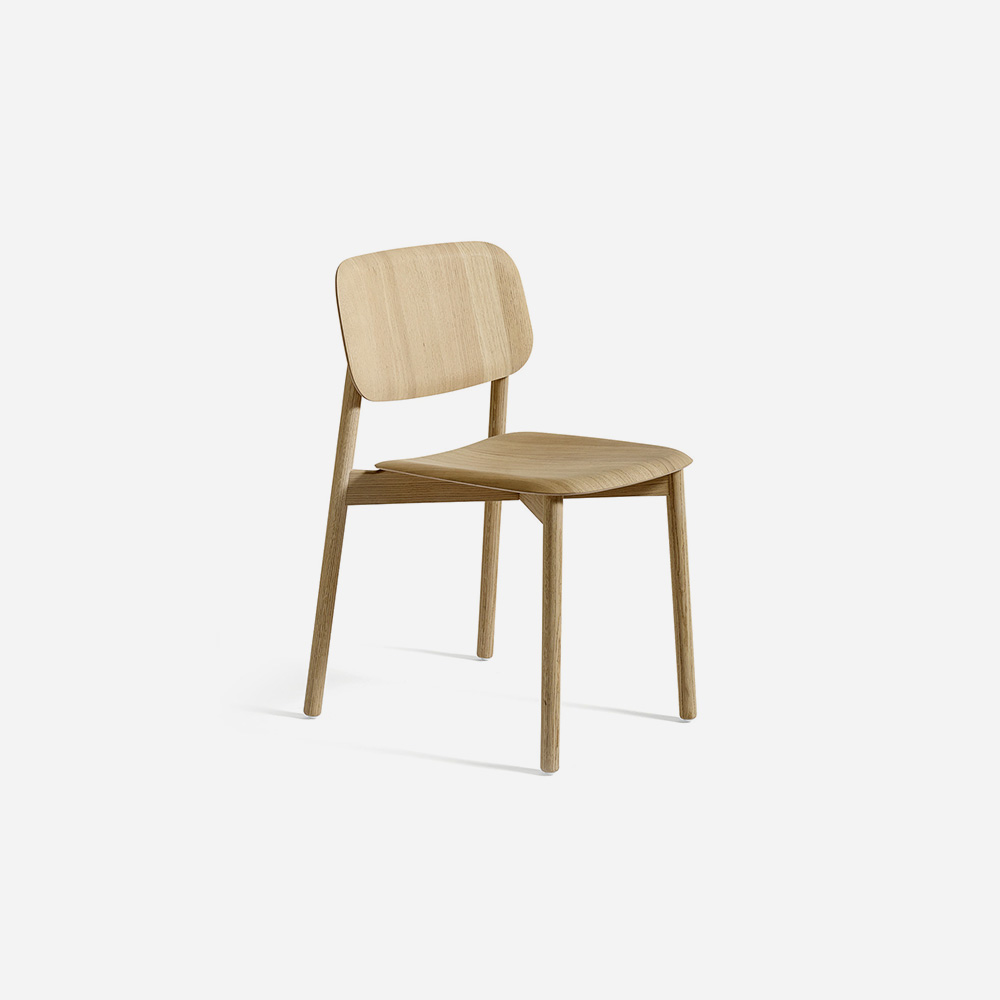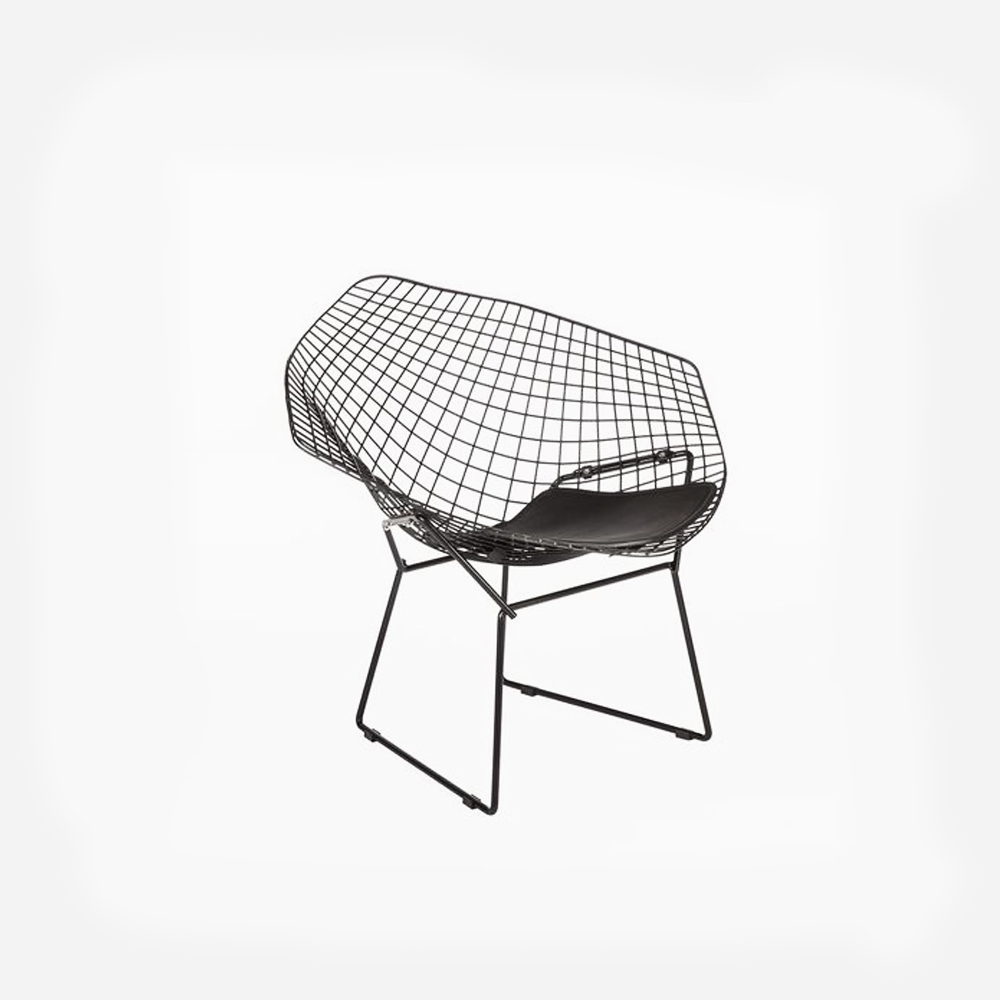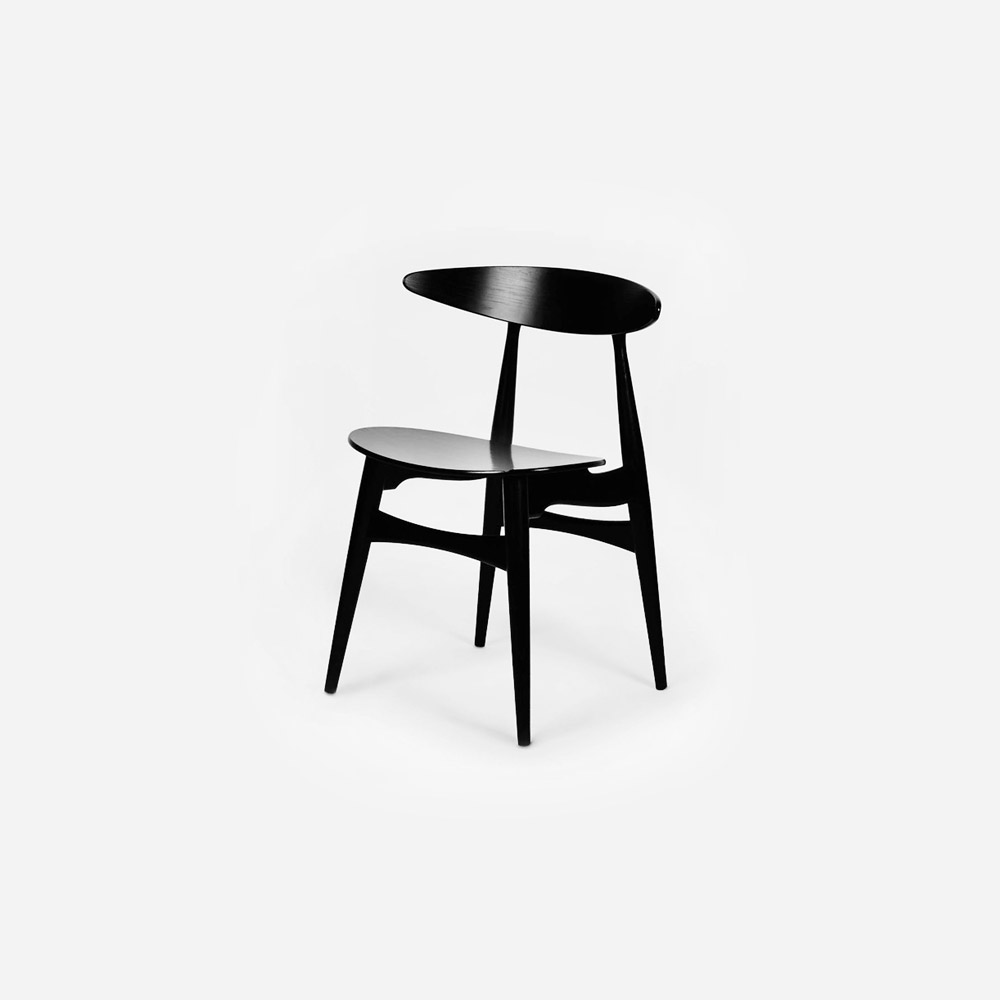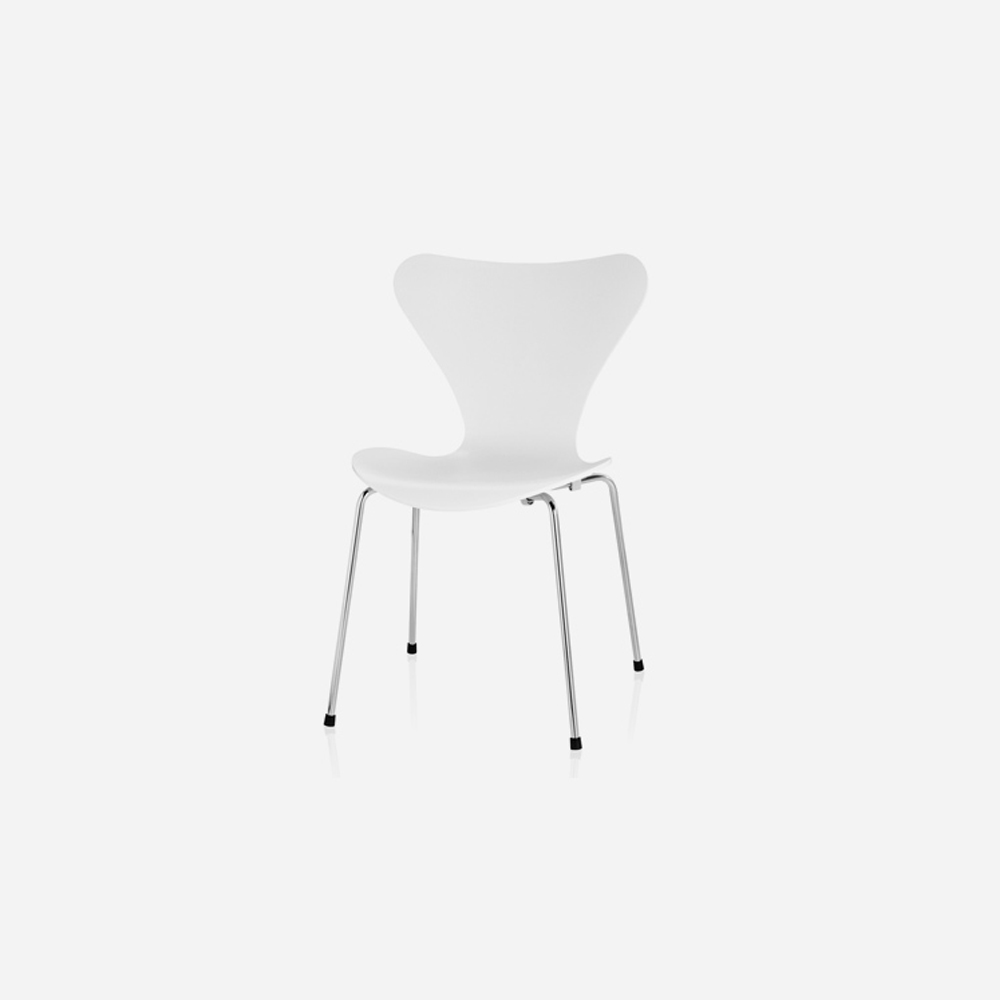On Timeless Chairs
An object that forms the backbone of the way we relax, eat, read, study, the chair is an iconic piece of furniture that transcends contemporary flavours. Many designers, particularly those who were at their peak at the turn of the century, have recently enjoyed a renaissance with Scandinavian names such as Arne Jacobsen, Finn Juhl and Hans Wegner rising steadily to the top of the pile. A possible reason for this revival is that the minimal simplicity of mid-century design speaks to a contemporary consumer overwhelmed with choice, offering an elegant alternative to mass-produced cookie-cutter shapes. But another may be that the designs pioneered by design giants such as Charles and Ray Eames, Marcel Breuer and Harry Bertoia are able to outlive their period to become truly timeless.
The way in which Breuer was able to take robust, industrial materials and transform them set a precedent for innovation in not just form but also composition.
A graduate of the Bauhaus, Marcel Breuer was a Hungarian-born modernist, architect and furniture designer who developed his own sculptural language to reduce designs to basic elemental lines and planes. The Wassily chair (pictured), designed in 1925-26, was inspired by the frame of a bicycle and became revolutionary in its use of materials of bent tubular steel and manufacturing techniques. The way in which Breuer was able to take robust, formerly industrial materials and transform them set a precedent for innovation in not just form but also composition.
At a time when most chars were crafted from wood, it was Italian-born American Harry Bertoia who further developed Breuer’s experimentations with industrial materials. A few decades after Breuer, Bertoia created his iconic wire chairs (pictured) made from springy welded lattice. Designed in 1952 they brought grace to otherwise side-lined materials and opened up chair design to enable further material experimentation and reduction in form.
It is testament to their sculptural shapes and innovative methods that these designs, along many others from the mid-century, have endured for so long. And with no sign of the appetite for mid-century revival subsiding, we can expect to see those recognisable frames and moulded shapes across homes for years to come.











